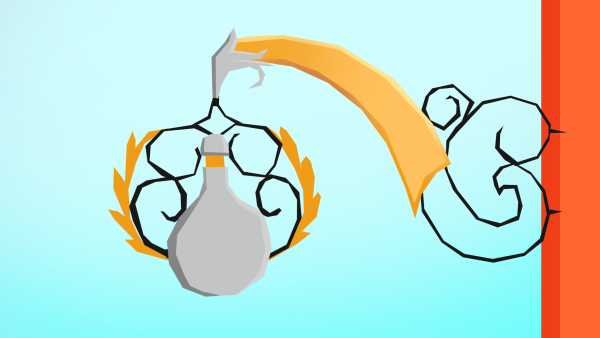Pain is present in the lives of most people, which means that your heroes are going to probably go through it. Pain can also be one of the hardest things to write. I’ll give you some tips on writing pain!
Pain is very much different for each of us and our brain tends to block it out of our memories. This, paired with the fact that pain is hard to describe even if you remember it vividly, means that many writers (myself included) have trouble with writing pain. Some overwrite, describing the pain in so much detail and metaphor that the reader loses their grasp and can’t relate.
Some tend to skip over pain almost entirely, saying that “something hurt” and leaving it at that. I think both of these approaches can be bested by writing about pain clearly, in a way that’s relatable to the reader – that is, of course, easier said than done.
Metaphors
The first to remember is that metaphors often distance the reader from the pain, while they are intended to work in the opposite way. For example, read and compare these two snippets of text.
Thomas gasped, as a sharp pain stroke through him, as if a million knives pierced his skin at the same time. He felt as if a tank ran over him, his lungs being held by a stone fist. Blood was pouring from the wound like from an open faucet and a fading thought crossed his mind, quick as a lightning bolt, a moment before he passed out. This is how I’m going to die.
Thomas gasped and collapsed on the ground. He felt beaten up, having trouble to breathe. As he looked down at the wound, he saw blood pouring down, hitting the cold floor below him. Just before he lost consciousness, a quick thought crossed his mind: This is how I’m going to die.
Most people like the second snippet better. Some people I have given this to read through even didn’t make it through the entirety of the first one. The overuse of metaphors makes it easy for the reader to get lost in the text.
Don’t get me wrong, a good metaphor can go a long way, but I would limit them to once a chapter. Most people don’t know what does it feel to have a million knives piercing their skin, nor have lungs being held by a stone fist – they do however know the feeling of struggling to breathe.
Type of Pain
The first thing you should do when writing pain is to identify the type of pain your character is going through. There are many scales that measure pain, but perhaps the most universally used is the NRS-11, an 11-point scale.
- 0 – No pain
- 1-3 – Mild pain (the patient notices it, can be annoying)
- 4-6 – Moderate pain (this pain can stop the patient from performing every-day tasks)
- 7-10 – Severe pain (the kind that practically grounds the patient; he is unable to focus on anything else)
After you have decided on the pain’s severity, it’s time to define the type itself. As I’m sure you know, there are many types of pain, whether it would be the distinction between chronic (long-lasting) and acute (one-time) pain, or the source of the pain (getting a slap will be a different kind of pain than getting stabbed). These are some of the types:
- Cutting
- Stabbing
- Throbbing
- Stinging
- Crushing
- Aching
- Burning
- Shooting
- Sickening
- Tiring
- Dull
- Shooting
- Cramping
Consequences
A common mistake that undermines the severity of the pain is not thinking about the consequences. A marine breaks a wrist in one scene, but he’s okay in the next, punching bad guys in the face. While this kind of behavior may add to his badass levels, it ruins the believability of the injury. Real injuries, and therefore real pain, always have consequences. Some of them might even be long-lasting – for example, someone who was stabbed with a knife and survived might not be able to bend down for the rest of their life, lest they’d feel pain around the wound. Do your research about the pain you’re inflicting on your characters and don’t forget about the consequences. Which brings me to the last section of this little article.
Research
Most of us don’t know what it really means to be stabbed or shot or break six ribs or get their leg cut off. If and when you want your characters to suffer through such events, always do your research. There are plenty of people online who survived often-fatal injuries and who have lived in horrible pain, who want to share their experiences. Do a quick Google search and you will, I’m sure, find what you are looking for.
I cannot stress this enough. Do not underestimate the power of research.
You can find more articles about writing under the Writing tag!
You can send me some of your pain descriptions to the comments down below, I’d be more than happy to provide my feedback!


